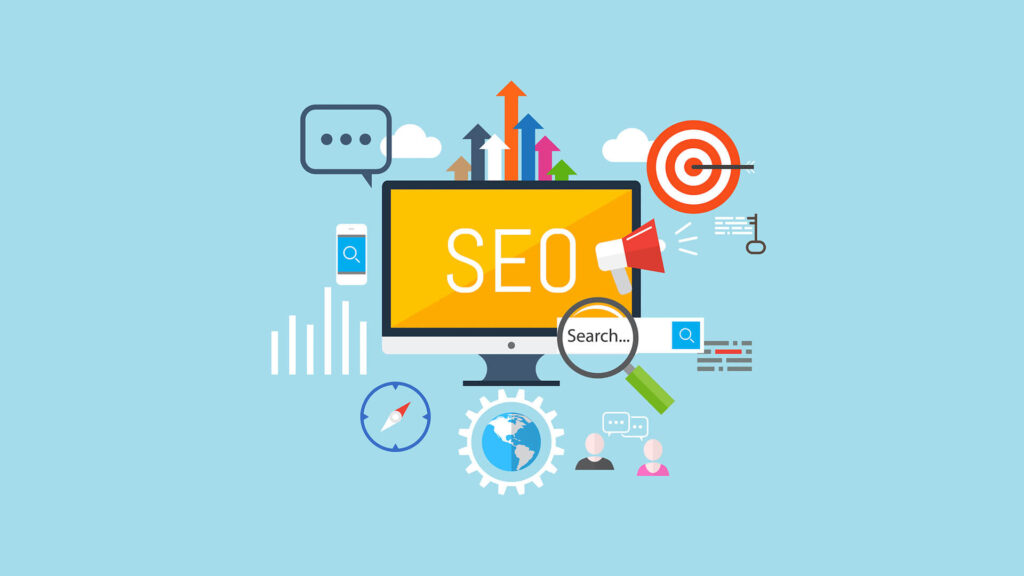Content Creation
Content creation is the process of creating written, visual, and audio content for marketing purposes. Content creation can include blog posts, videos, webinars, podcasts, infographics, and other forms of media.
Content creation is a crucial part of any digital marketing strategy. It helps to attract and engage customers, generate leads, and build trust with your audience. Content creation allows businesses to establish themselves as thought leaders in their industry and build meaningful relationships with their customers.
When creating content, it is important to remember that quality is more important than quantity. Your content should be well-researched, informative, and engaging. Your content should also be optimized for search engines, so that it is easier for your potential customers to find.


Creating content can be a daunting task, but there are a few key tips to keep in mind. First, focus on creating content that will be relevant to your target audience. This can be achieved by researching topics that your customers are interested in, and writing content that is informative and helpful.
Second, create content regularly. This will help to keep your audience engaged and ensure that your content remains up-to-date. Finally, create content with a purpose. Every piece of content should have a clear goal, such as generating leads, increasing conversions, or building trust.
Content creation is an essential part of any successful digital marketing strategy. By creating content that is well-researched, informative, and engaging, businesses can build relationships with their customers, generate leads, and establish themselves as thought leaders in their industry.
Pay Per Click Ads
Pay-per-click (PPC) social media ads are a form of online advertising that allows businesses to reach target audiences through popular social networks. PPC ads are effective and affordable, and when used correctly can drive a significant amount of traffic and leads to a business.
PPC ads on social media networks give you the ability to target specific audiences and serve ads directly to them. You can create ads that are tailored to the interests and demographics of your target audience. This is different from traditional ads, which usually have a broad reach and often get lost in the mix of other ads.
When it comes to setting up a PPC ad campaign, you have the ability to set a budget, determine the duration of the campaign, and decide where your ads will appear. You can choose to display your ads on specific social networks or across multiple networks. The goal is to ensure that your ads will reach the right people and that your budget is used efficiently.


Once you have your campaign set up, tracking your results is essential. By tracking your performance, you can determine which ads are performing well and optimize them for better results. This can include adjusting your target audience, the ad copy, or the design of the ad.
Another benefit of PPC social media ads is the ability to test different versions of your ad to see which performs best. This helps you optimize your ad for maximum return on investment. You can also use A/B testing to test different versions of your ad to see which one resonates most with your target audience.
Overall, PPC social media ads are a powerful tool for businesses looking to reach target audiences online. They are relatively inexpensive and offer the ability to track and optimize your campaigns for maximum effectiveness. With the right strategy and a little bit of testing, you can use PPC social media ads to drive high-quality leads and increased sales.
SEO Services
Search engine optimization (SEO) is the process of optimizing a website to improve its organic search engine rankings. SEO involves making sure a website is properly optimized for both users and search engines. SEO involves optimizing a website’s content, structure, and code to ensure that search engines can better understand the website’s content and correctly display it in search engine results pages (SERPs).
SEO is a long-term process that involves making changes to a website to improve its search engine rankings. It involves creating content that is optimized for both search engines and users, as well as making sure the website’s code is up to date and optimized for best practices. SEO also involves optimizing a website’s user experience, which includes making sure the website is easy to navigate and understand.
SEO involves optimizing a website for a variety of factors, including keyword research, on-page optimization, link building, and more. Keyword research involves finding the best keywords to target for a website’s content. On-page optimization involves making sure the website’s content is optimized for the targeted keywords. Link building involves creating links from other websites to your website, which helps to boost its search engine rankings.


SEO also involves optimizing a website for social media, which involves creating content that is optimized for social media platforms. This helps to increase visibility on social media and can help to drive more traffic to the website.
SEO is an ongoing process that requires regular monitoring and optimization to ensure the website remains optimized and its rankings remain high. SEO can be a time-consuming and difficult process, but it is essential for businesses that want to be successful online. SEO can help to improve a website’s visibility and rankings, and it can also help to drive more traffic and leads to a website.
Social Media Marketing
Social media marketing is one of the most powerful tools available to businesses today. It allows companies to reach a wide range of potential customers and build relationships with existing ones. It can be used to promote products and services, generate leads, and increase brand awareness. It is also a great way to engage with customers, build relationships, and stay connected.
When it comes to social media marketing, there are many different strategies that can be employed. Companies can use content marketing, influencer marketing, and paid advertising to reach their target audience. Content marketing involves creating content that is valuable and informative, while influencer marketing involves using influencers to promote a product or service. Paid advertising on social media platforms can also be used to reach a larger audience and increase brand visibility.


When creating a social media marketing strategy, it is important to set measurable goals and objectives. Companies should also consider the different platforms available and decide which ones are the best for their business. Additionally, businesses should create engaging and informative content that resonates with their target audience. Companies should also keep an eye on their competitors’ activities and be prepared to adjust their own strategies accordingly.
Overall, social media marketing can be an effective and powerful tool for businesses. It allows companies to reach their target audience, build relationships, and increase brand visibility. It is important to have a well-thought-out plan in place and to monitor results and adjust as needed. With a strong social media marketing strategy, businesses can reach a wide range of potential customers and create meaningful relationships.




